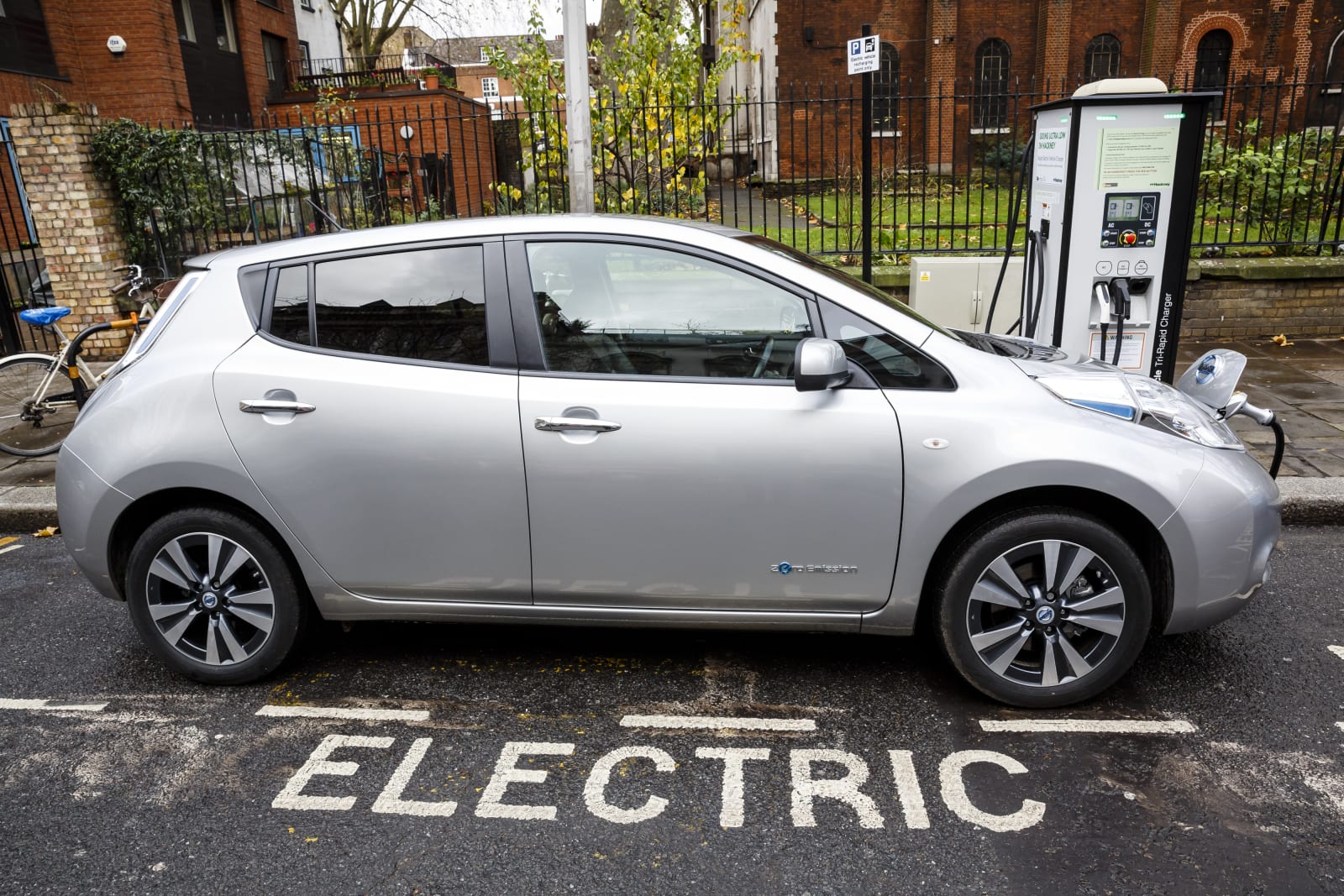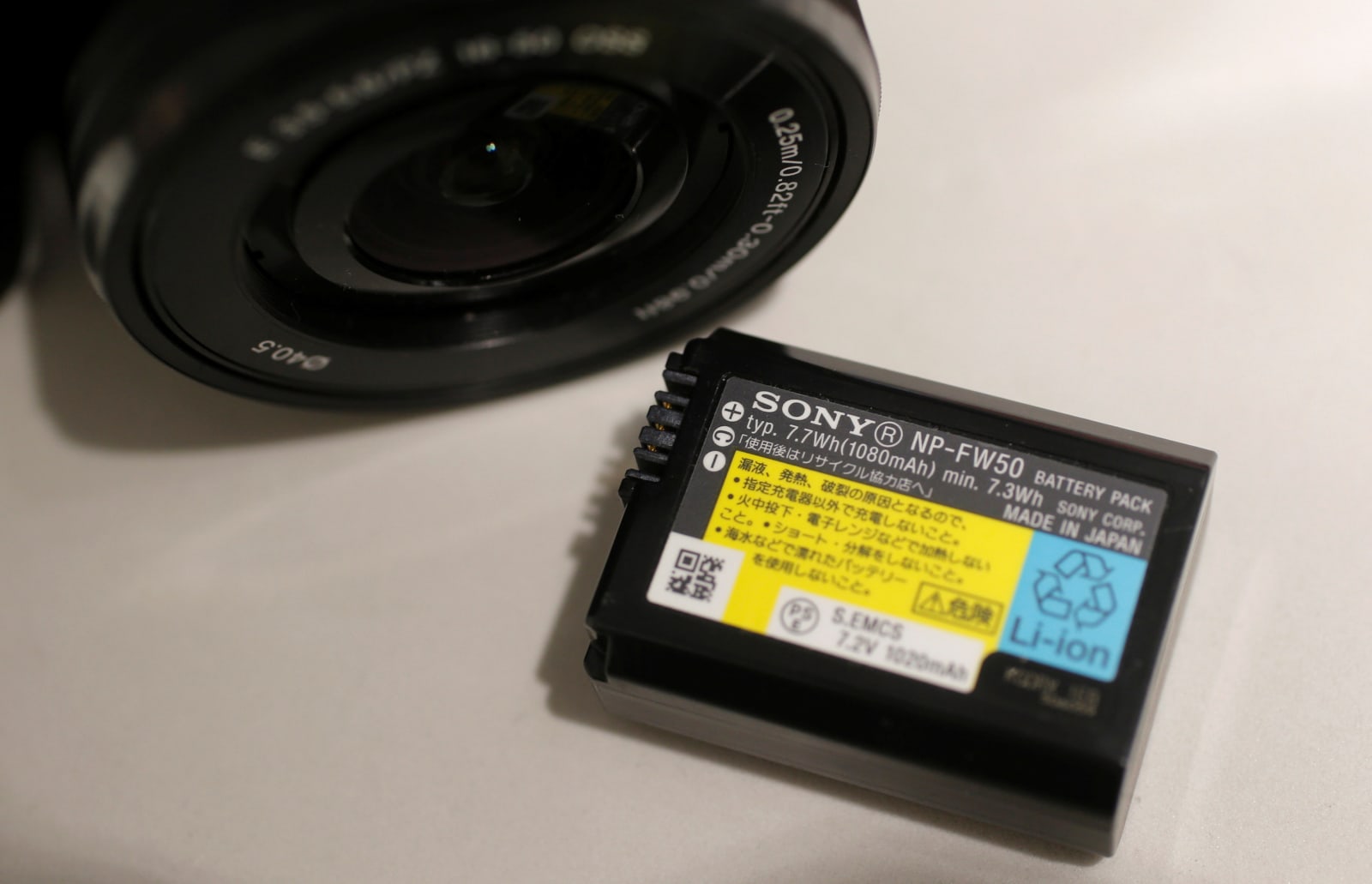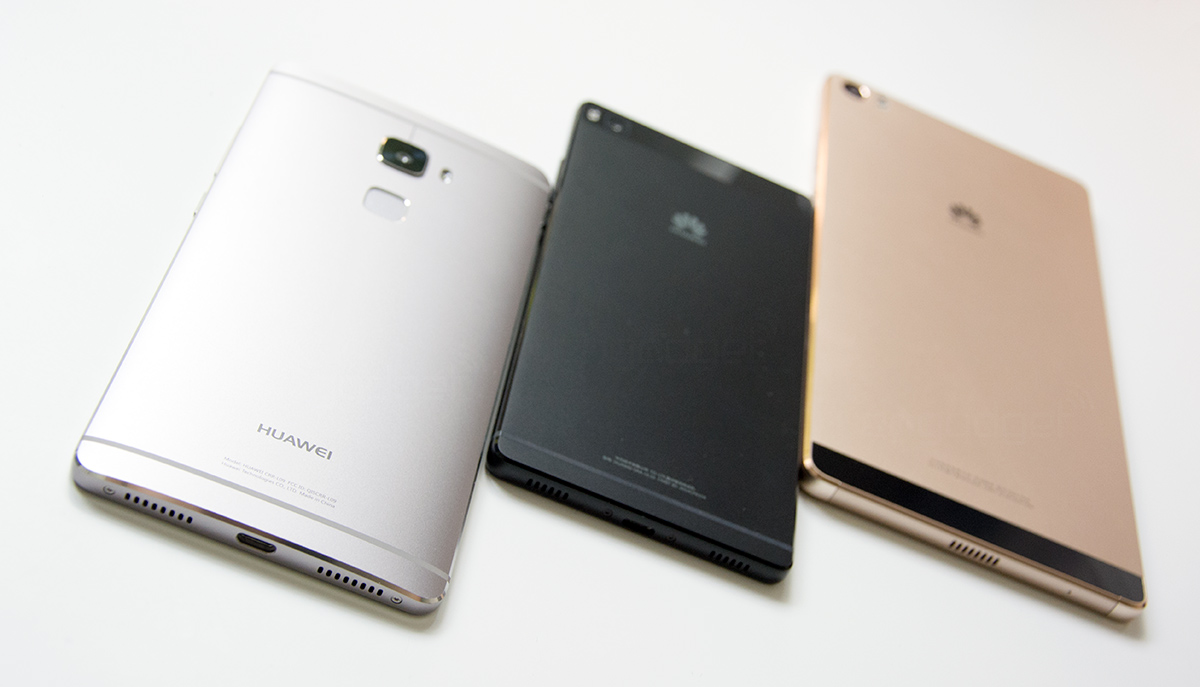
We know you've got questions, and if you're brave enough to ask the world for answers, then here's the outlet to do so. This week's Ask Engadget inquiry is from Bernard, who wants an answer to the age-old question of ensuring you get the most out of your batteries. If you're looking to ask one of your own, drop us a line at ask [at] engadget [dawt] com.
"It's said that you should always leave brand-new electronics plugged in for 'a few hours' after being fully charged, but how do you decide that period of time? Is there a calculation depending on the capacity of the battery, or what? Help me, please!"
Nowadays, do you even need to? While memory effect was an issue on NiCad batteries, Lithium Ion units don't suffer from the same issue. It could also be tied to the belief that most chargers only re-juice batteries up to 95 percent, but we can't find any authoritative proof on the matter. Let's turn it over to the electrical engineers and battery experts who read Engadget on a regular basis so we can sort this out, once and for all!
Filed under: Misc, Mobile
Comments
 Nissan has long made its own electric car batteries thanks to Automotive Energy Supply, its team-up with NEC, but it appears to be having second thoughts. Sources speaking to both Nikkei and Reuters understand that Nissan plans to sell its controllin...
Nissan has long made its own electric car batteries thanks to Automotive Energy Supply, its team-up with NEC, but it appears to be having second thoughts. Sources speaking to both Nikkei and Reuters understand that Nissan plans to sell its controllin...
 Nissan has long made its own electric car batteries thanks to Automotive Energy Supply, its team-up with NEC, but it appears to be having second thoughts. Sources speaking to both Nikkei and Reuters understand that Nissan plans to sell its controllin...
Nissan has long made its own electric car batteries thanks to Automotive Energy Supply, its team-up with NEC, but it appears to be having second thoughts. Sources speaking to both Nikkei and Reuters understand that Nissan plans to sell its controllin...
 Sony is planning to sell its battery division to Murata, a Japanese firm that makes a diverse variety of products like wireless components and robots. Sony started the battery business in 1975 and was the first company to commercialize lithium-ion ba...
Sony is planning to sell its battery division to Murata, a Japanese firm that makes a diverse variety of products like wireless components and robots. Sony started the battery business in 1975 and was the first company to commercialize lithium-ion ba...
 The idea of getting free energy from activities we do every day, like walking, has proven to be a pipe dream -- not that companies haven't tried. However, MIT scientists have tapped a new way to generate energy from bending that could actually make i...
The idea of getting free energy from activities we do every day, like walking, has proven to be a pipe dream -- not that companies haven't tried. However, MIT scientists have tapped a new way to generate energy from bending that could actually make i...
 That fast-charging smartphone you just bought has a dirty secret: more likely than not, it's reducing the lifespan or capacity of the battery to get that breakneck speed. Huawei doesn't think you should have to compromise, though. It just showed o...
That fast-charging smartphone you just bought has a dirty secret: more likely than not, it's reducing the lifespan or capacity of the battery to get that breakneck speed. Huawei doesn't think you should have to compromise, though. It just showed o...
 If you've been packing extra lithium batteries in your checked bag before a flight, you might want to avoid doing so in the future. The FAA warns that storing those batteries in luggage that'll travel in the cargo hold can "present a risk of both i...
If you've been packing extra lithium batteries in your checked bag before a flight, you might want to avoid doing so in the future. The FAA warns that storing those batteries in luggage that'll travel in the cargo hold can "present a risk of both i...



